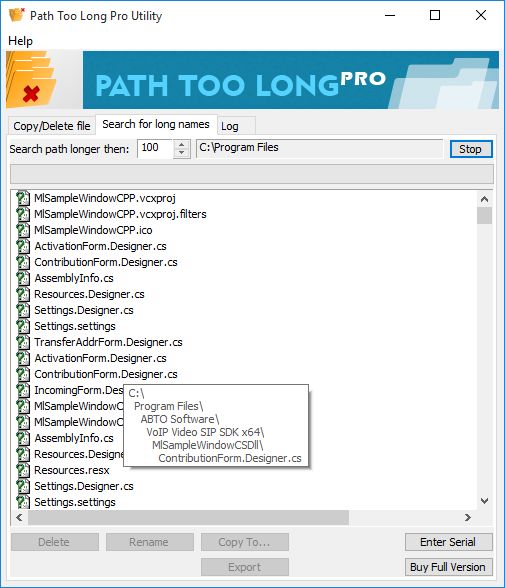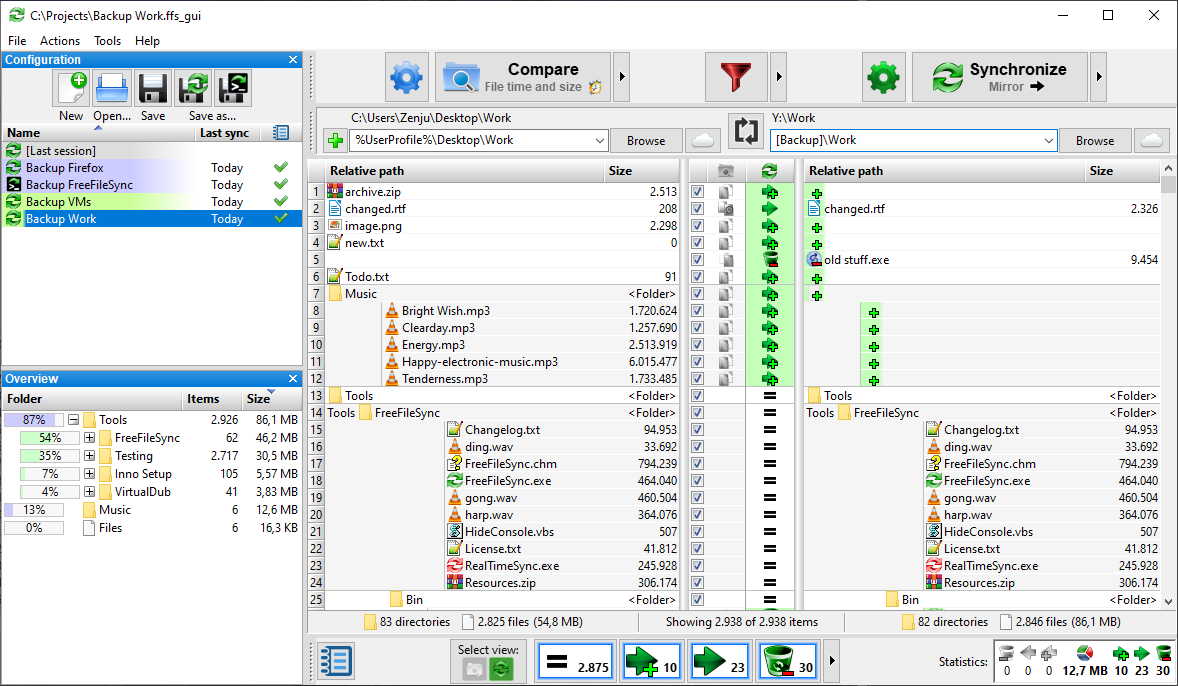

- #Long path tool open spurce manual#
- #Long path tool open spurce software#
- #Long path tool open spurce password#
#Long path tool open spurce password#
This may include specifying password complexity rules and also second factors of authentication such as MFA via TOTP, biometrics, or WebAuthn. User management is the ability to create, delete, and modify user access to the system. There are two key areas involved in the remote management of devices – user and system management. The good news is there are free and cost-effective MDM solutions available that do not require you to sacrifice performance. Ultimately, though, the major concern for IT admins and MSPs is generally less about the cost of the solution and more about whether it has the right functionality and the ability to accomplish what they need it to. This is typically an investment that costs more in the long run than truly free, turnkey MDM.
#Long path tool open spurce software#
Although the software is free, the time and effort required to implement it is not. Open source MDM solutions exist for those willing to do the heavy lifting of setting up a server, installing and configuring the software, and then ultimately managing the solution. Is a tool really free if it takes internal resources to stand up? If it lacks functionality, won’t you just be starting over again in two months when your IT team realizes they need a more sophisticated tool? If it doesn’t support all of the operating systems that you need, will you need multiple tools? Yes, there are advantages to open source MDM - but let’s look closer.

#Long path tool open spurce manual#
Of course, manual management is always an option for IT admins, although as the fleet size increases, this can be less enticing. Open source configuration management tools have often been used to manage Linux fleets. Mac-centric management solutions started to appear as well once Macs became more common in the workplace. System management tools such as Microsoft ®’s SCCM (previously known as SMS) led the way as an option for system management within an on-premises Windows ®-based network and provided some basic Apple and Linux ® management capabilities. Historically, admins had a number of options to manage Apple Mac ® systems as well as devices at large. MDM features can deliver an efficient experience for IT administrators and end users alike, plus allow IT to ensure that employee devices meet your company’s configuration and security specifications. MDM is a service that makes it easier to manage end user devices without disrupting the user’s workflow.


 0 kommentar(er)
0 kommentar(er)
